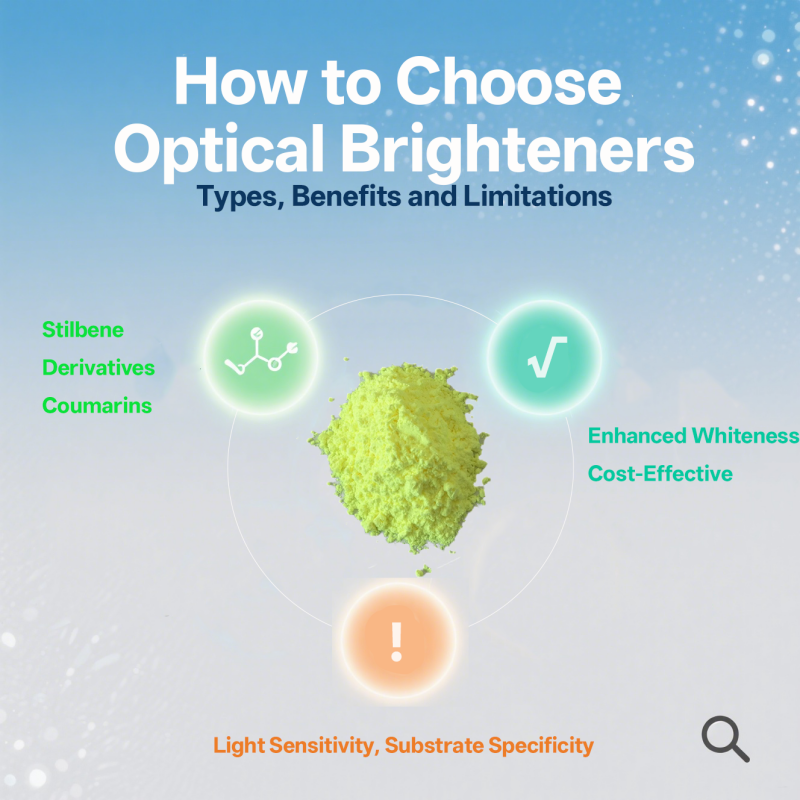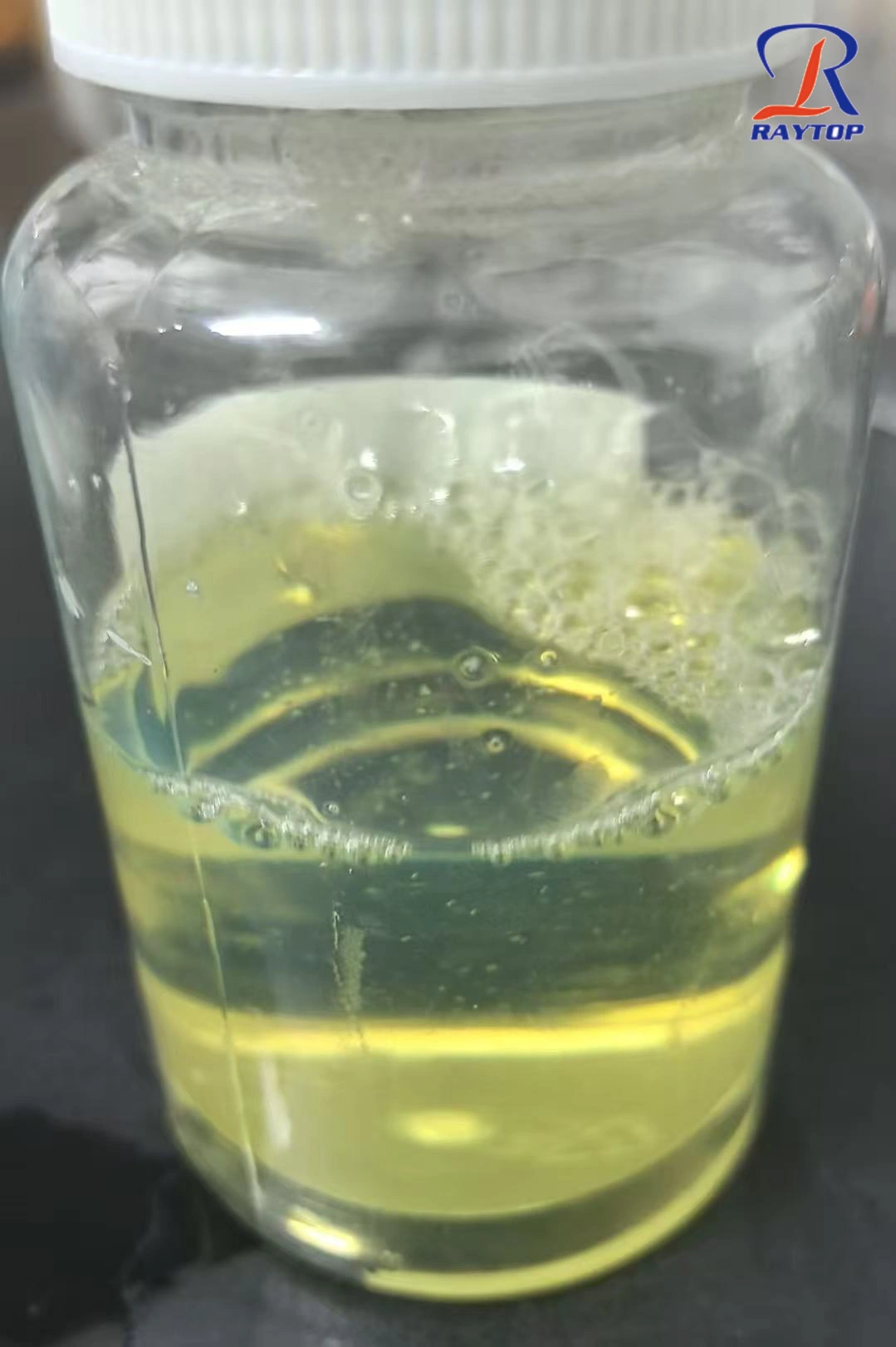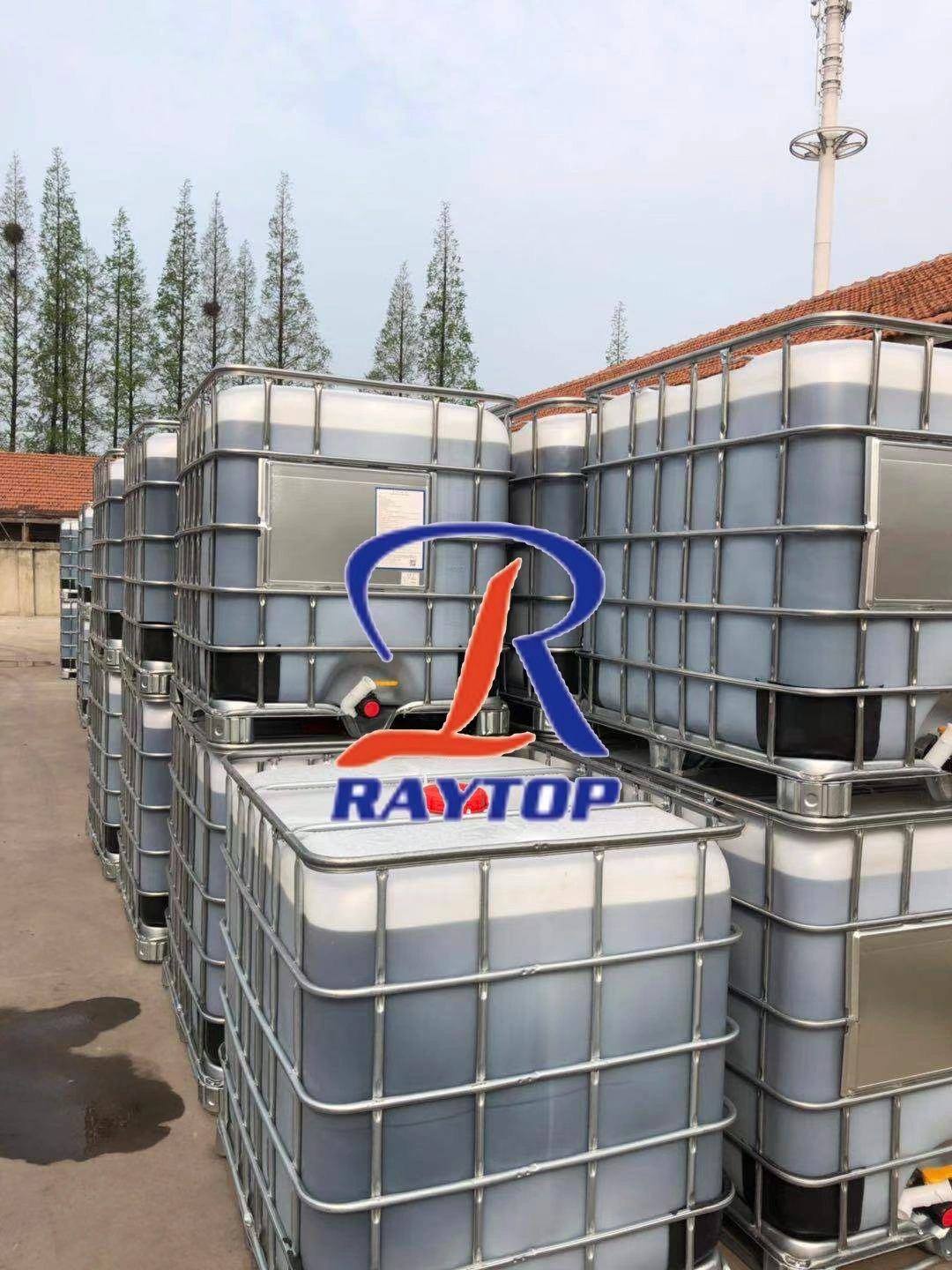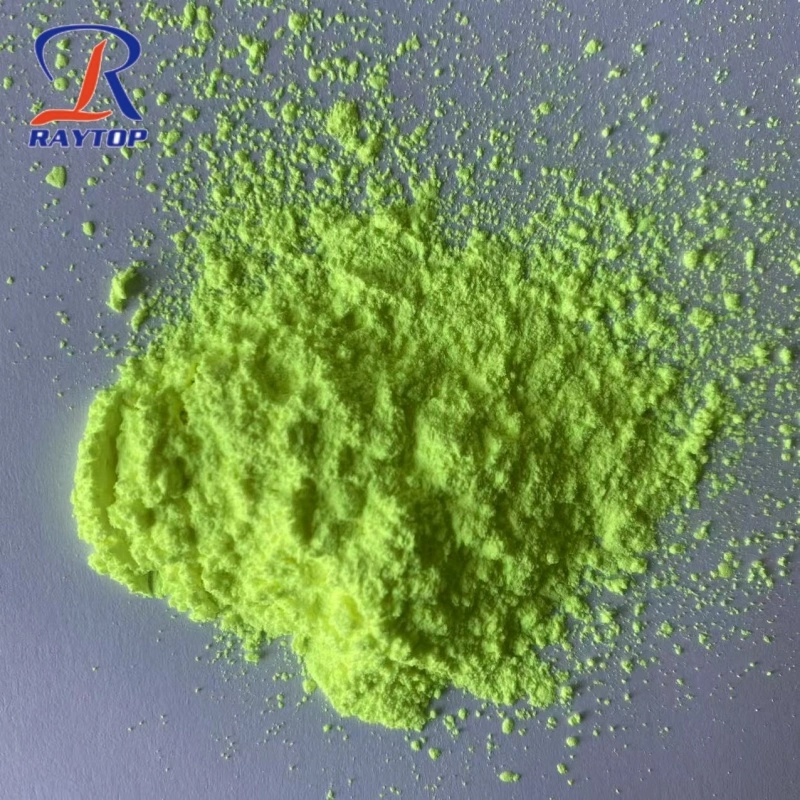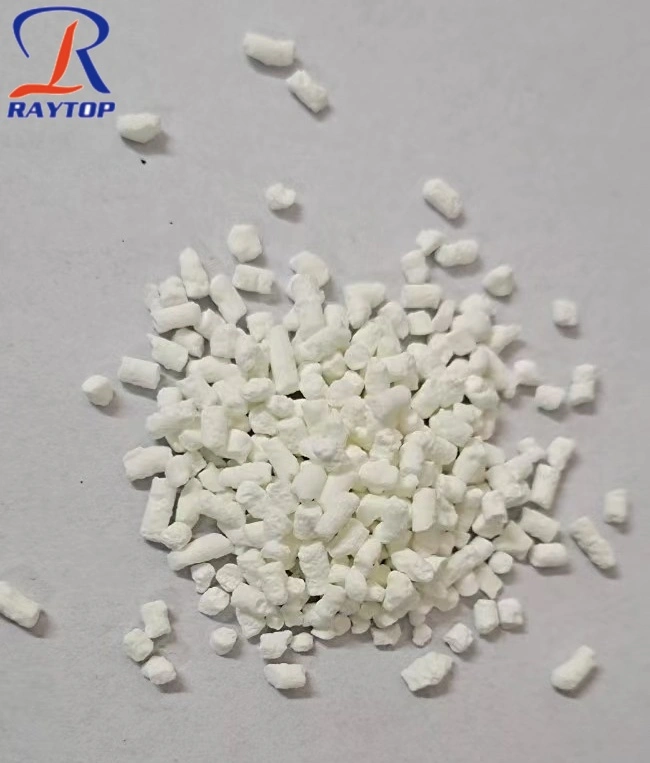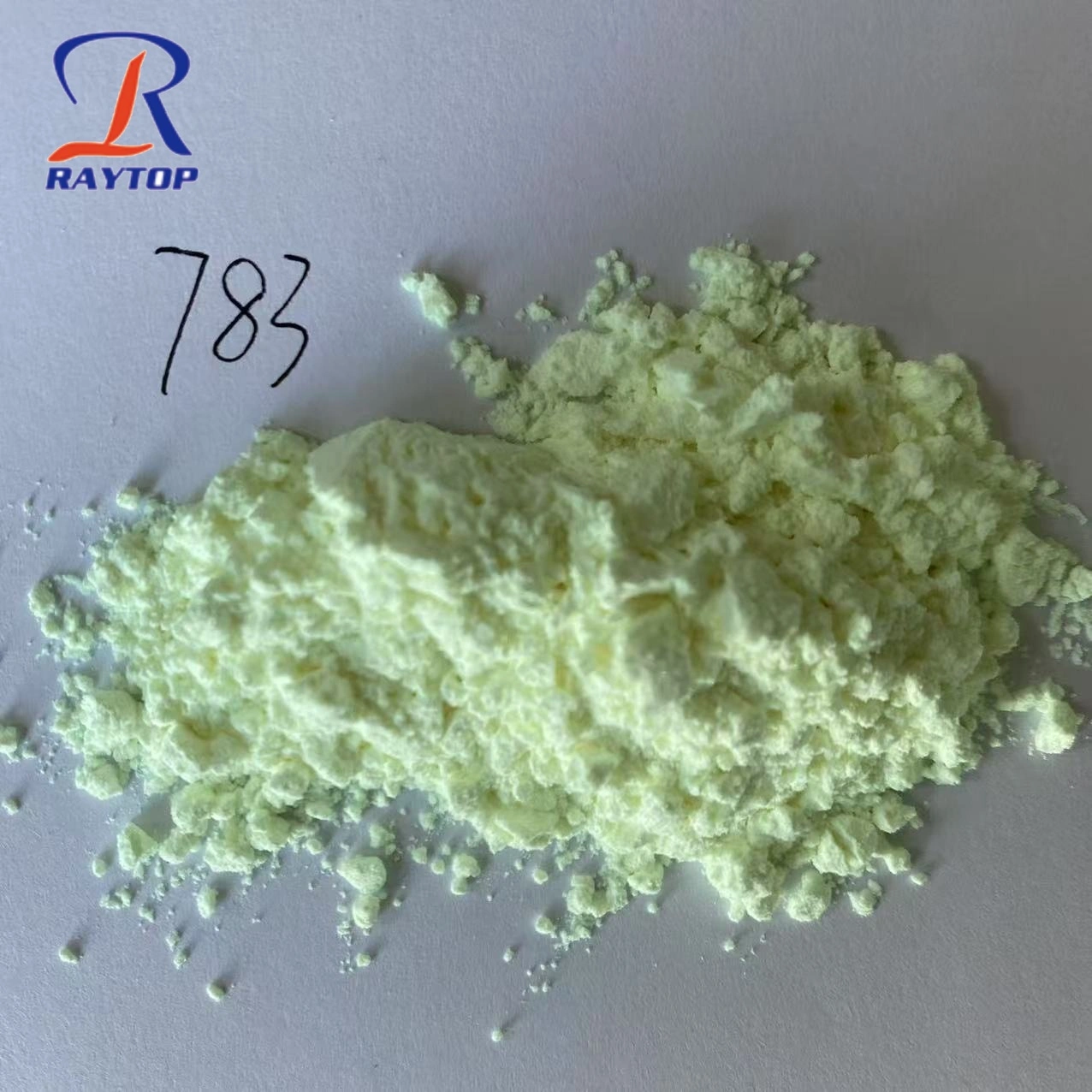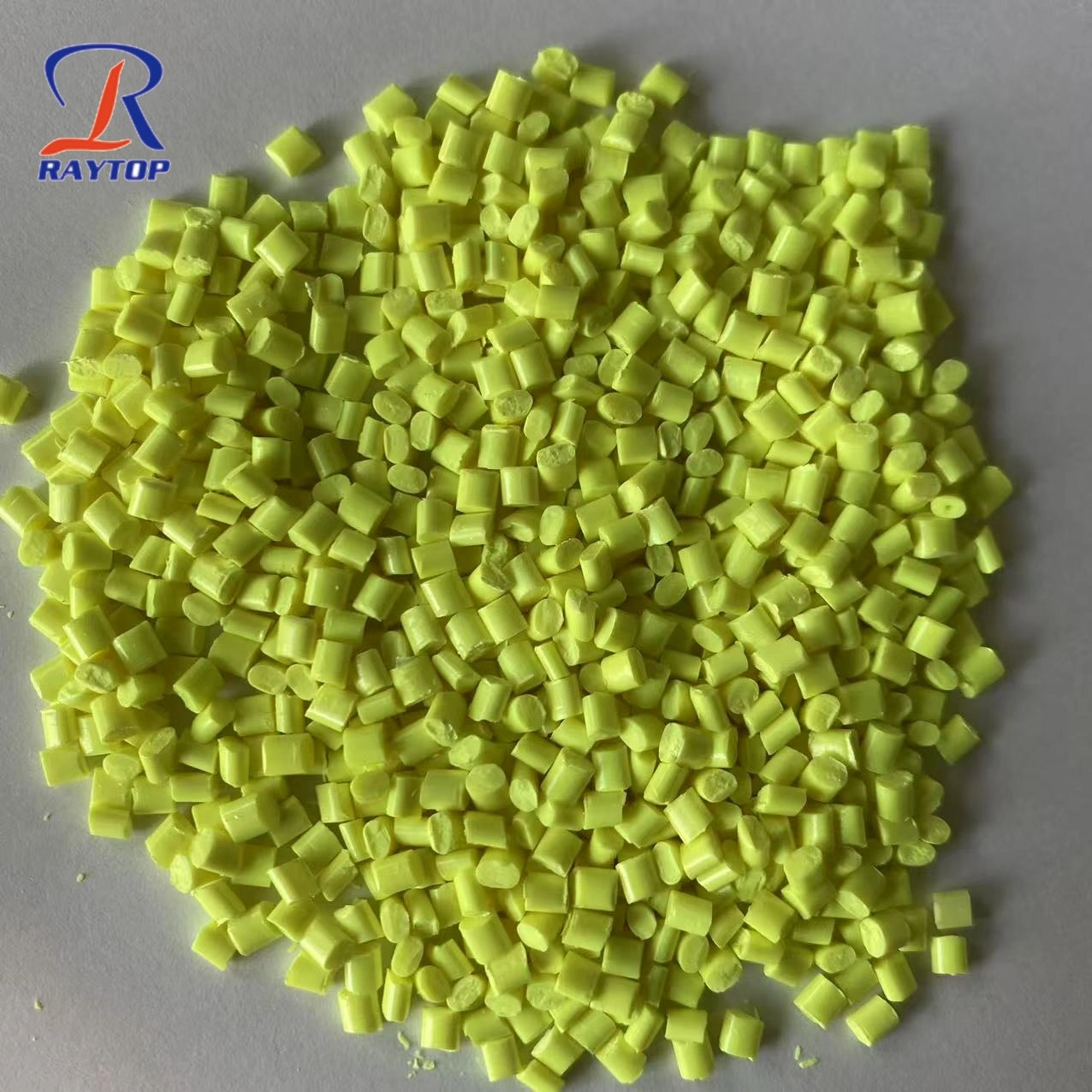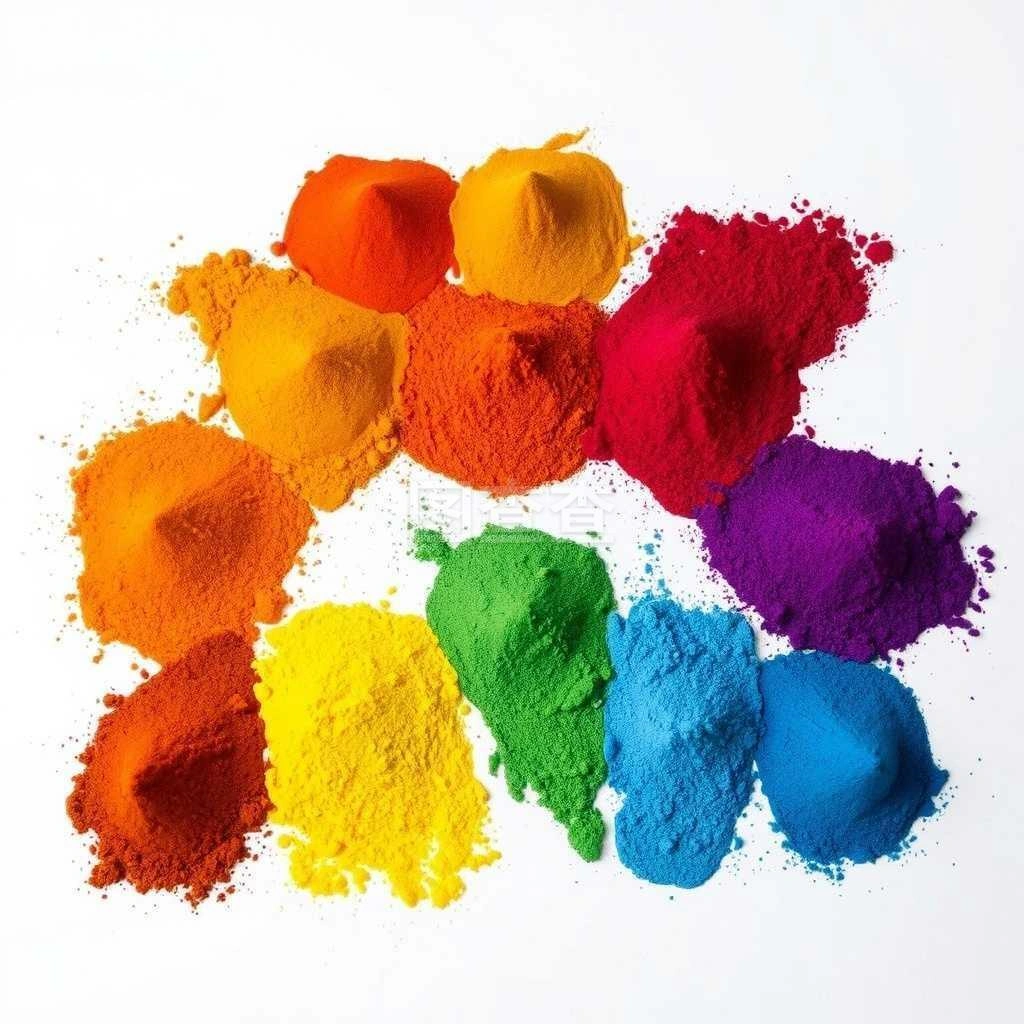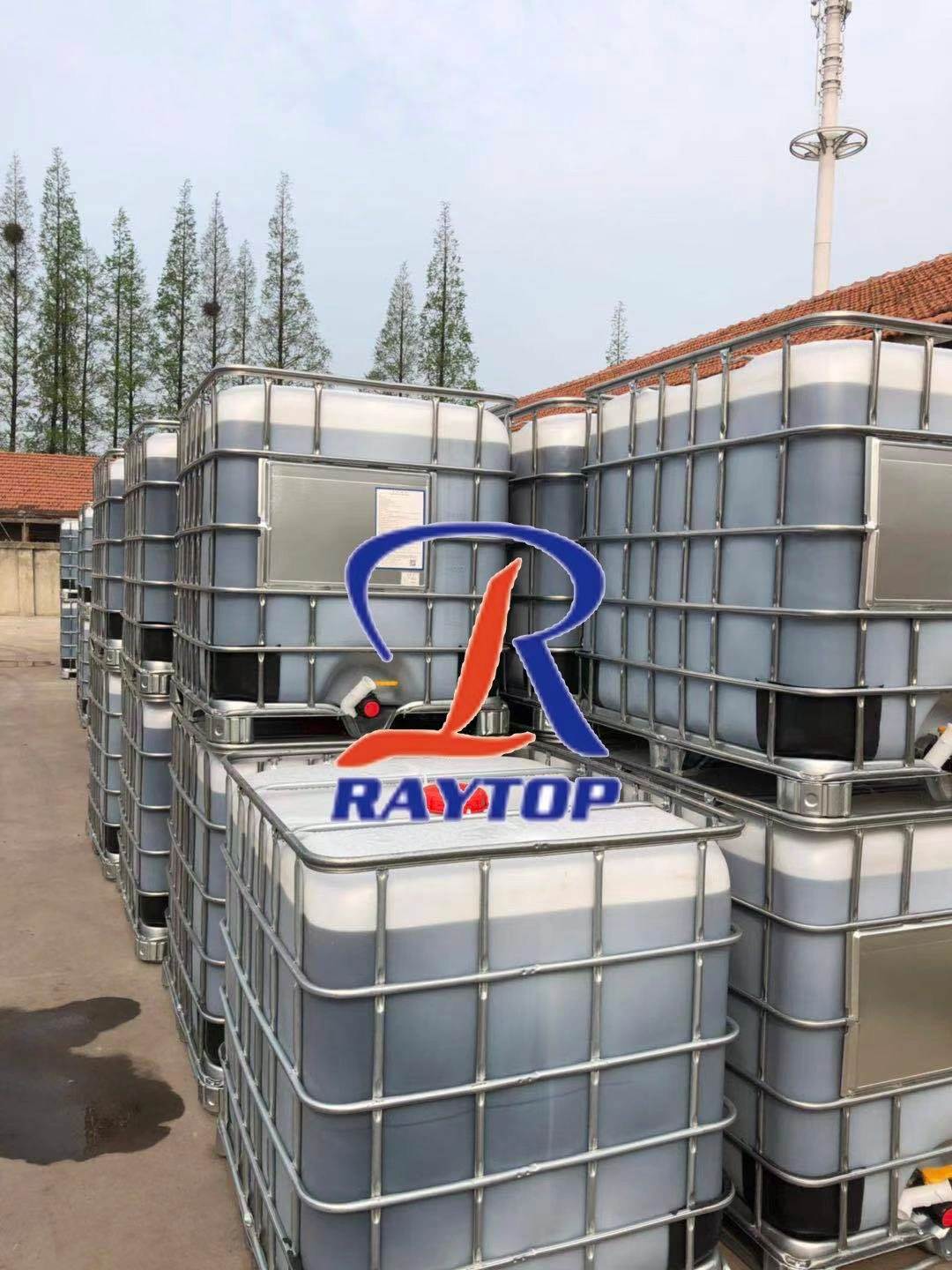In an increasingly visual world where color and clarity are everything—from dazzling white shirts to pristine paper, radiant plastics, and luminous textiles—the demand for optical brighteners is not just strong; it's essential. But despite being omnipresent in modern manufacturing, choosing the right optical brightener is far from a straightforward task. Between differing chemistries, application requirements, and performance profiles, there’s a lot more nuance beneath the glow.
This article delves deep into the types, benefits, and limitations of optical brighteners (OBs), interwoven with research data, expert insights, and practical tips for selection. And as we move through the complexity, one name will keep surfacing for the right reasons: Shandong Raytop Chemical Co., Ltd., a global leader in optical brightener technology and solutions.
What Are Optical Brighteners?
Let’s start at ground zero. Optical Brighteners (OBs), also known as fluorescent whitening agents (FWAs), are chemical compounds that absorb ultraviolet light and re-emit it as visible blue light, offsetting yellowish tones and creating the illusion of enhanced whiteness and brightness.
These compounds are widely used in:
Coatings
Inks
But—and this is key—not all OBs are created equal. They differ in structure, performance, compatibility, and environmental impact.
Why Choosing the Right OB Matters
While most OBs aim for the same visual effect, their chemical composition and intended application determine how well they perform. A detergent-grade OB, for instance, might not withstand high-temperature polymer processing. Using the wrong type can lead to dull results, yellowing, or even physical degradation of the material.
That’s why industries must evaluate OBs based on performance metrics, compatibility, dosage, processing conditions, and of course, regulatory requirements.
Common Optical Brightener Categories & Applications
| OB Type | Chemical Base | Common Applications | Advantages | Limitations |
|---|---|---|---|---|
| OB-1 | Bisbenzoxazole | Polyester, plastics | High heat stability, excellent whitening in polymers | Poor solubility, limited in aqueous systems |
| OB-3 | Stilbene Derivatives | Polymer,plastcs | High heat stability, excellent whitening in polymers | Poor solubility, limited in aqueous systems |
| OB-367 | Coumarin Derivatives | EVA | High UV absorption, low migration | Expensive |
| OB-184 | Benzoxazole Derivative | PVC, ABS, PS,Coating ,Ink | Superior light fastness | Expensive, complex synthesis |
| OB-351 | Stilbene Derivatives | Detergents | High whiteness at low dosage | Slightly sensitive to pH changes |
Key Factors in Choosing an Optical Brightener
When selecting the right OB for your application, it's not about finding the “brightest” one. It’s about fit-for-purpose performance. Here's what you should evaluate:
1. Application Material
Plastics (e.g., PET, PP, PE): Prefer OB-1, OB-184,FP-127,KCB,OB-3,KSN
Detergents & Soaps: Use water-soluble OBs like CBS-X,DMS-X ,AMS,CXT
Textiles: OBs that can bond or disperse evenly—CXT, BA ,BBU ,ER-330,4BK ,SWN,BAC,EBF
Coatings/Inks: OB,OEF
2. Processing Temperature
High-temperature polymers like polypropylene need high-melting OBs such as OB-1. Using a low-temp OB in a high-heat application results in decomposition and reduced performance.
3. Light Fastness
Especially important in outdoor applications. OB-184 and OB-367 offer higher UV stability.
4. Solubility & Compatibility
Water-soluble OBs are essential in detergents and aqueous coating systems. In plastics, the OB should be dispersed evenly in the melt phase.
Thermal Stability Comparison of OB Types
| OB Type | Max Processing Temperature (°C) | Compatible Polymers |
|---|---|---|
| OB-1 | 360°C | PET, PS, ABS, PA |
| OB-184 | 202°C | PVC, PC, PMMA |
| OB-3 | 350°C | Cotton, detergent |
| OB-367 | 210°C | UV-curable coatings |
| OB-351 | 45°C | Detergent, Textile |
Benefits of Using Optical Brighteners
If used correctly, OBs offer substantial value:
Enhanced Aesthetic Appeal
Especially in consumer-facing products, a brighter surface gives the impression of cleanliness and newness.
Increased Product Value
Brighter plastics and textiles often command higher market prices, even if the chemical dosage is minimal.
UV Absorption Capabilities
Some OBs double as UV stabilizers, protecting the substrate.
Marketing Advantage
In industries like laundry detergents, visible whitening can be a powerful differentiator.
Limitations You Shouldn't Overlook
Not everything that glows is gold. Optical brighteners come with their set of constraints.
Photo-yellowing
Improper OB choice or overuse can lead to yellowing under sunlight over time—especially with OB-1 in lower-grade polymers.
Environmental Concerns
Some OBs do not degrade easily in the environment. Make sure to consider biodegradability and toxicity, especially for OBs used in detergents.
Migration
Low molecular weight OBs can migrate to the surface, especially in soft plastics—leading to patchy brightness.
Cost Sensitivity
Premium OBs like OB-184 are effective but expensive. A cost-benefit analysis is essential for large-scale applications.
How to Strike the Balance: Performance vs. Cost
Here's where experience and product knowledge matter. As a rule of thumb:
For cost-sensitive markets, use OB-1 with stabilizers.
For high-end textiles or detergents, go with OB-MFP or hybrid stilbenes.
For environmentally conscious brands, explore low-toxicity, biodegradable OBs (check regulatory compliance such as REACH, RoHS).
Raytop Chemical: A Trusted Partner in Optical Brightener Innovation
In an industry driven by subtle chemical precision and market expectations, Shandong Raytop Chemical Co., Ltd. stands out for all the right reasons. Since its founding in 2006, the company has developed into a global production and R&D powerhouse, with three production bases, six workshops, and a team of 260+ professionals spread across 120,000 square meters of production capacity.
Why Raytop?
Vertical Integration: We produce not just the OBs, but also the raw materials—ensuring consistency, cost control, and reliability.
Diverse Product Portfolio: OB-1, OB-3, OB-367, OB-184, OB-MFP and customized solutions.
Rigorous Quality Control: Equipped with high-performance liquid chromatography, whiteness meters, automatic melting point apparatus, and more.
Global Presence: Products exported across Europe, the Americas, Africa, and Asia.
Technical Support: Our experienced team is not just knowledgeable—they are your problem-solving partners.
Whether you're formulating a detergent or compounding plastics, Raytop doesn't just sell chemicals. We deliver brightness with precision.
Raytop OB Product Snapshot
| Product Code | OB Type | Application Area | Advantages | Dosage |
|---|---|---|---|---|
| RT-OB1 | OB-1 | PET, PP, PS | High thermal resistance, high whiteness | 0.01–0.05% |
| RT-OB3 | Stilbene | Masterbatch,polymer,plastics | Water-soluble, eco-friendly | 0.05–0.2% |
| RT-OB367 | Coumarin | EVA | UV resistance, migration control | 0.02–0.05% |
| RT-OB184 | Benzoxazole | PVC, PC,Ink, coating | Excellent fastness, long-term stability | 0.01–0.03% |
| RT-CBS-X | Modified Stilbene | Laundry, textile | High whitening, safe profile | 0.05–0.15% |
Future Outlook: Where Optical Brighteners Are Headed
As industries push toward greener chemistry and sustainability, the demand for eco-friendly OBs will grow. Emerging research is exploring:
Biodegradable OBs
OBs with dual functions (whitening + antimicrobial)
Nanoparticle-based OB dispersions
OBs for 3D printing filaments and smart textiles
Raytop is already investing in next-generation R&D, ensuring clients don’t just keep up—but stay ahead.
Final Thoughts: A Glowing Decision
Choosing the right optical brightener is a bit like lighting design in architecture—subtle, technical, and critically important. When done right, it adds tremendous aesthetic and functional value. When done wrong, it leads to poor performance, added costs, and damaged reputation.
So, how do you make the right choice?
Simple. Understand your material, define your performance goals, evaluate the limitations, and partner with a supplier that actually gets it.
And if you’re wondering where to begin—start with Shandong Raytop Chemical Co., Ltd.
We don’t just provide optical brighteners. We illuminate possibilities.
